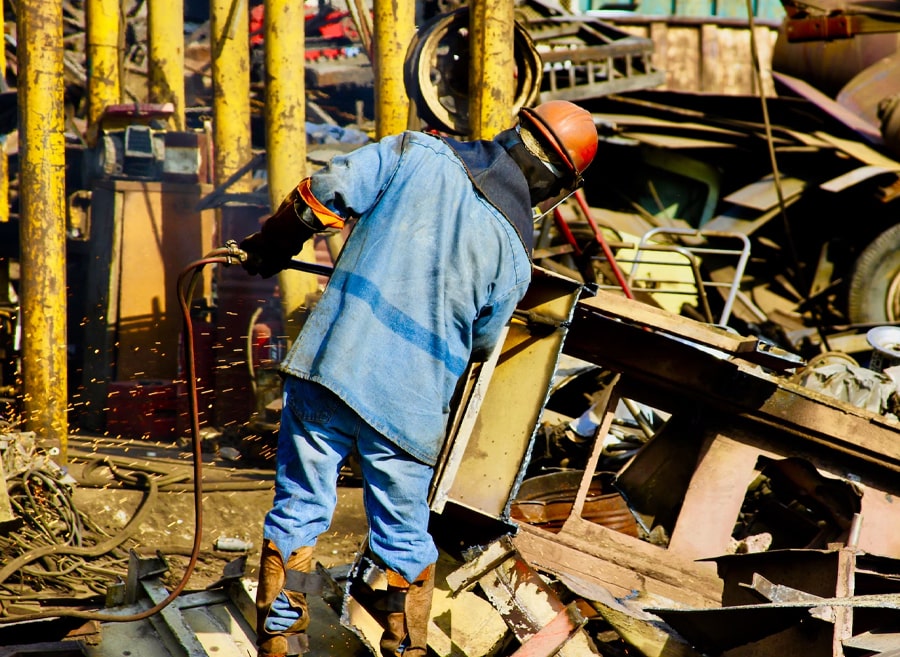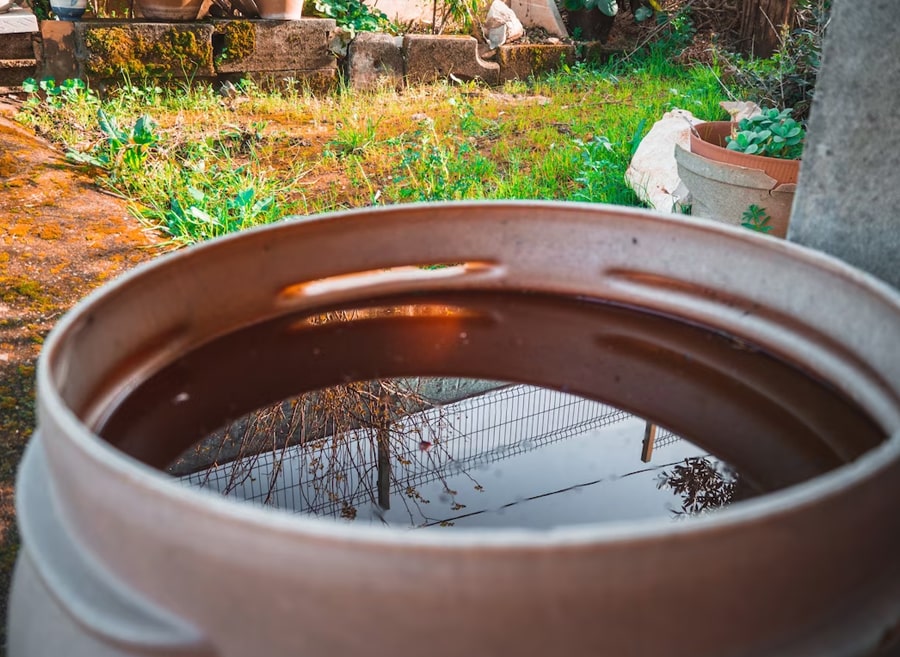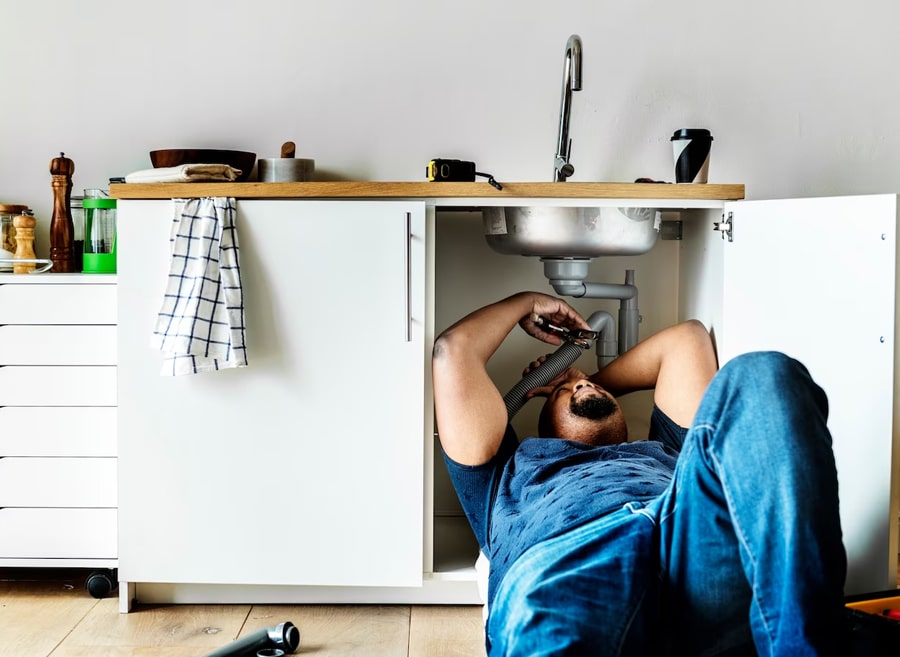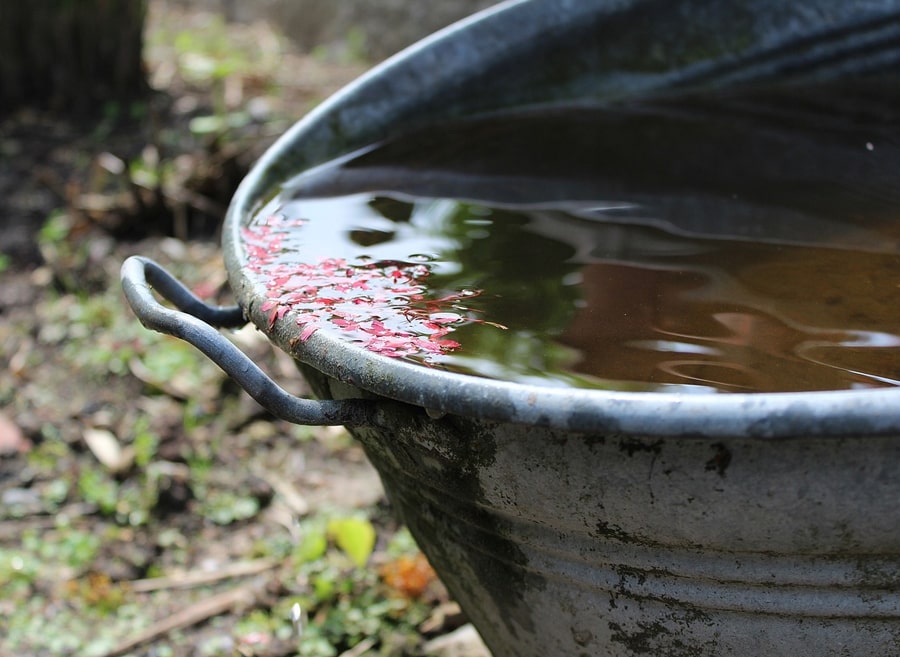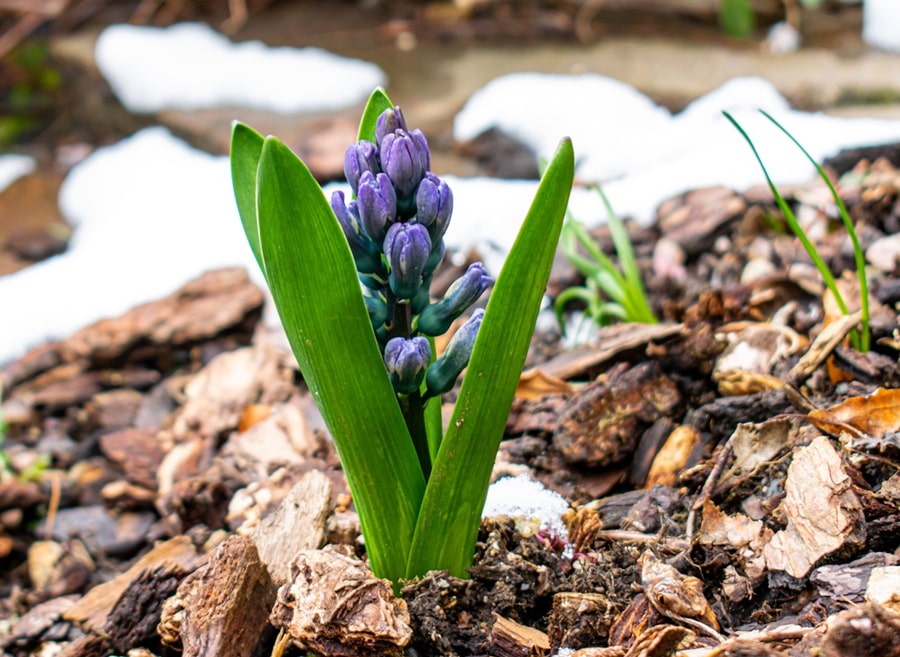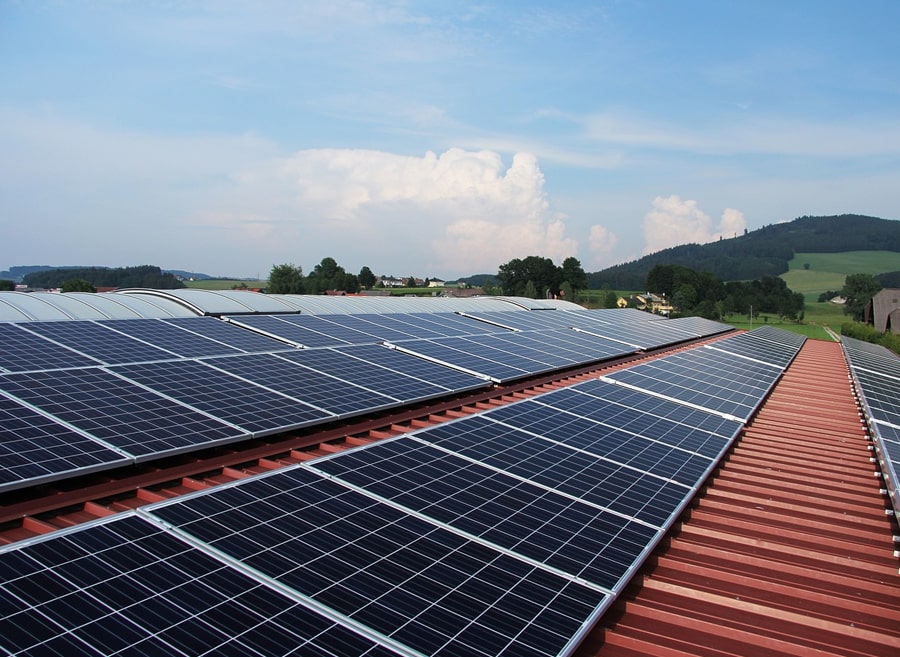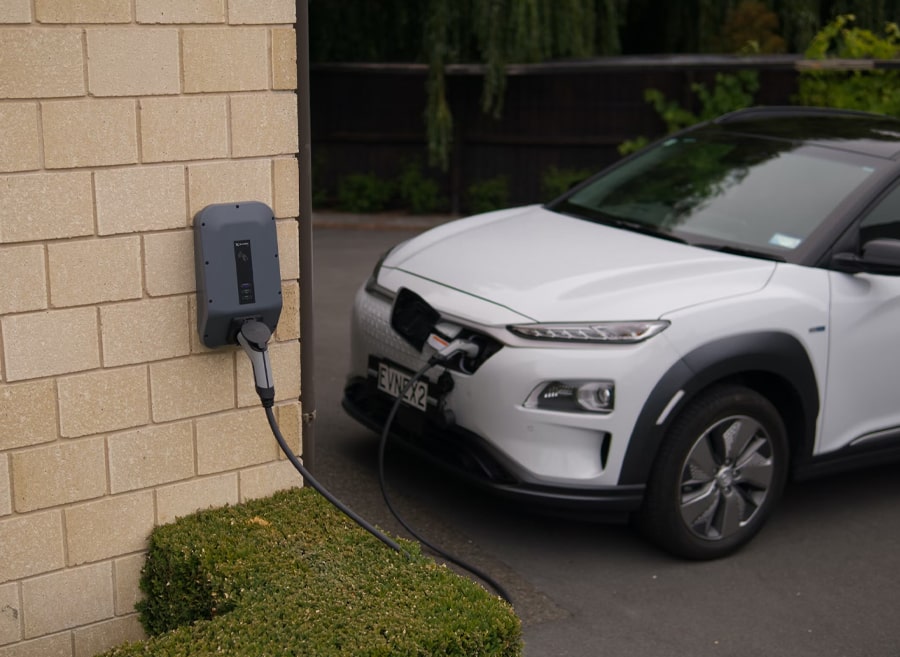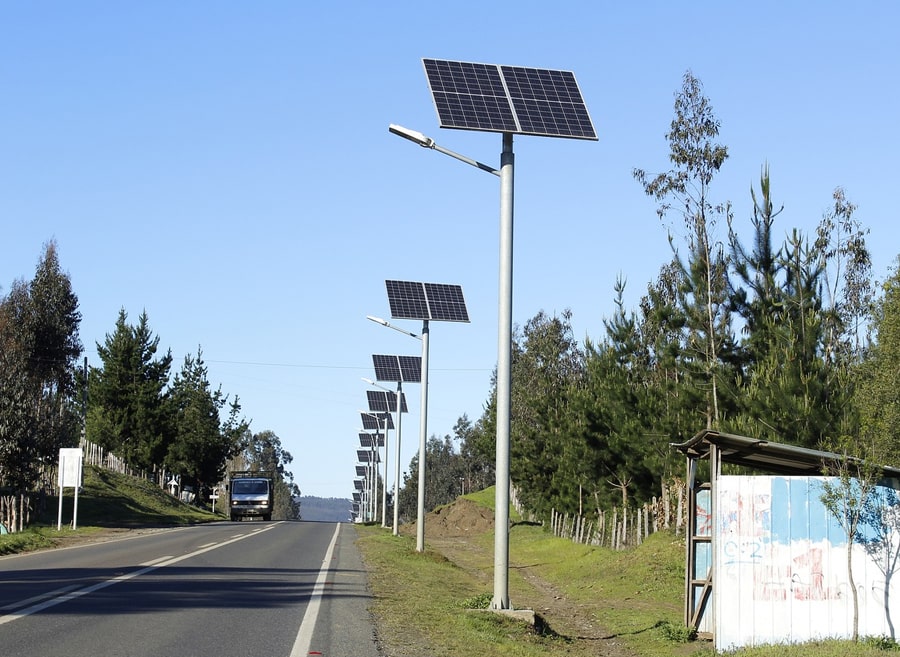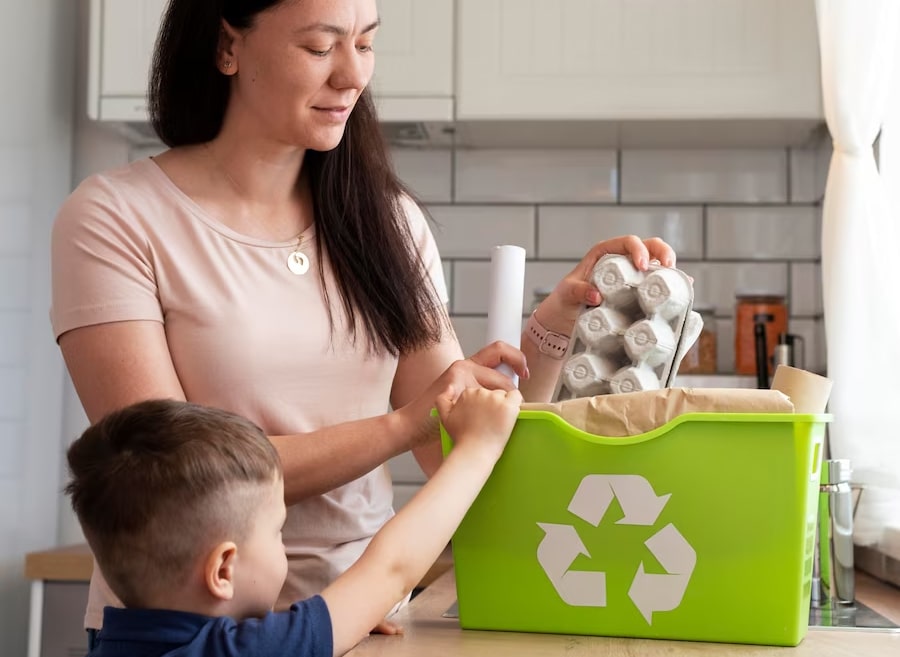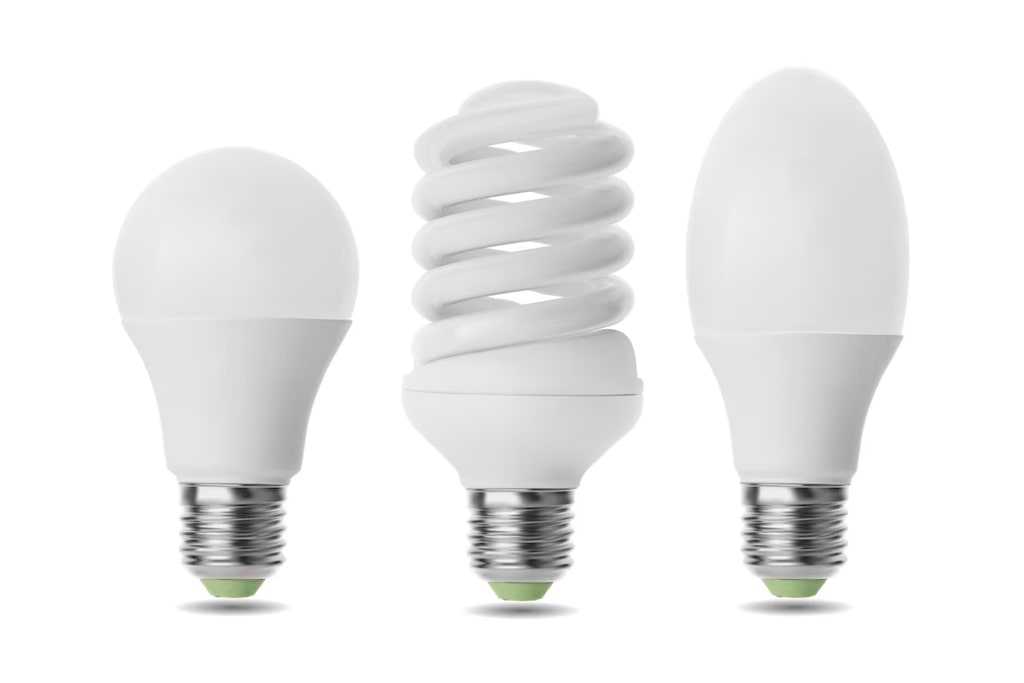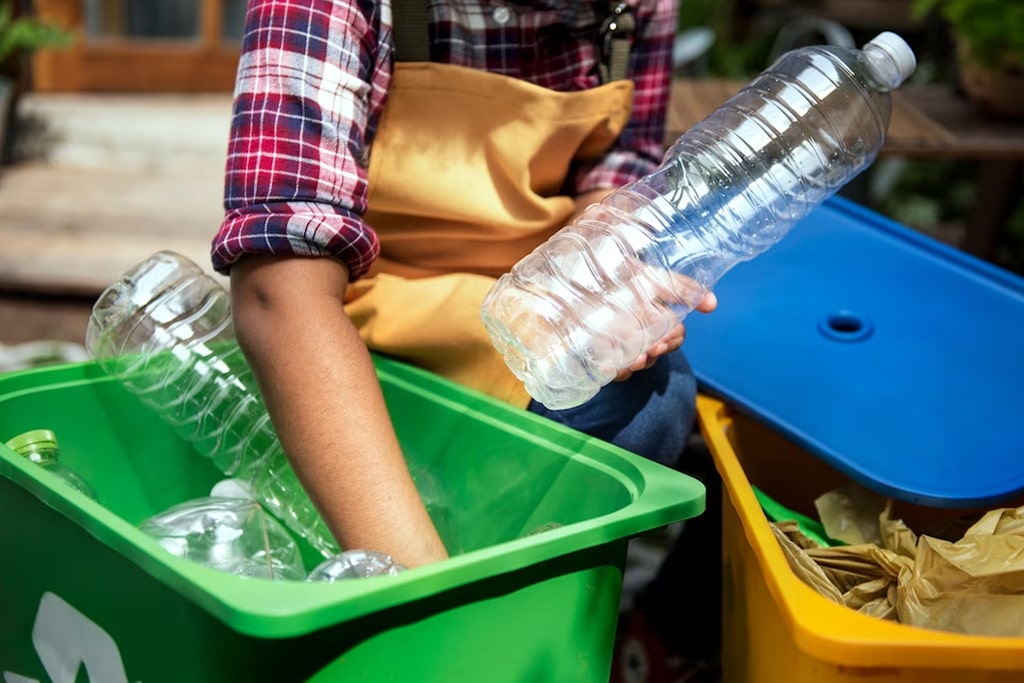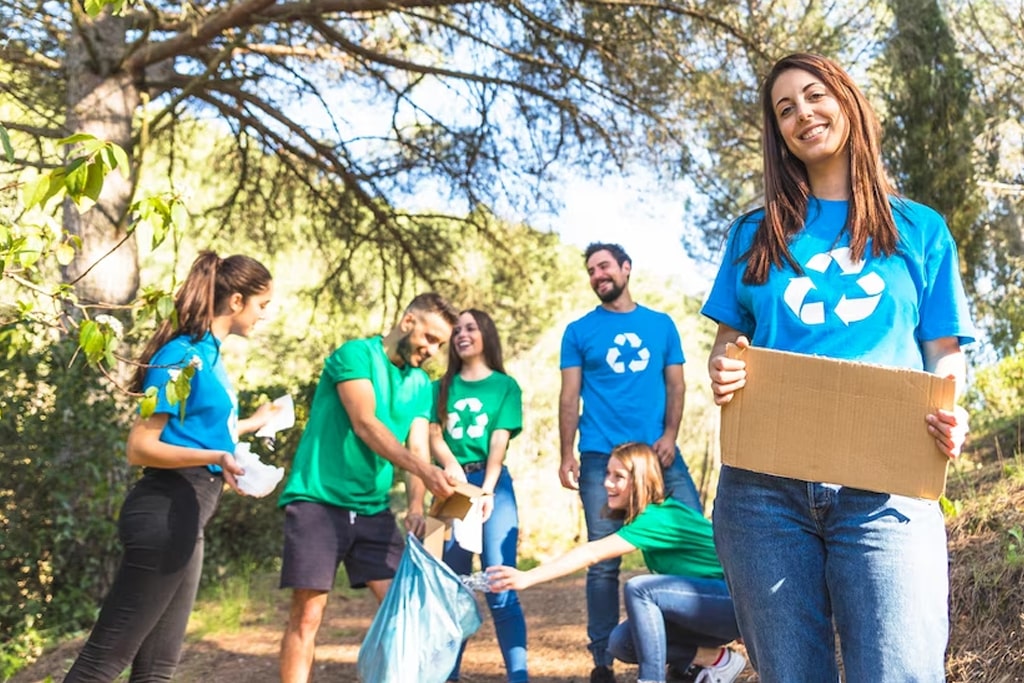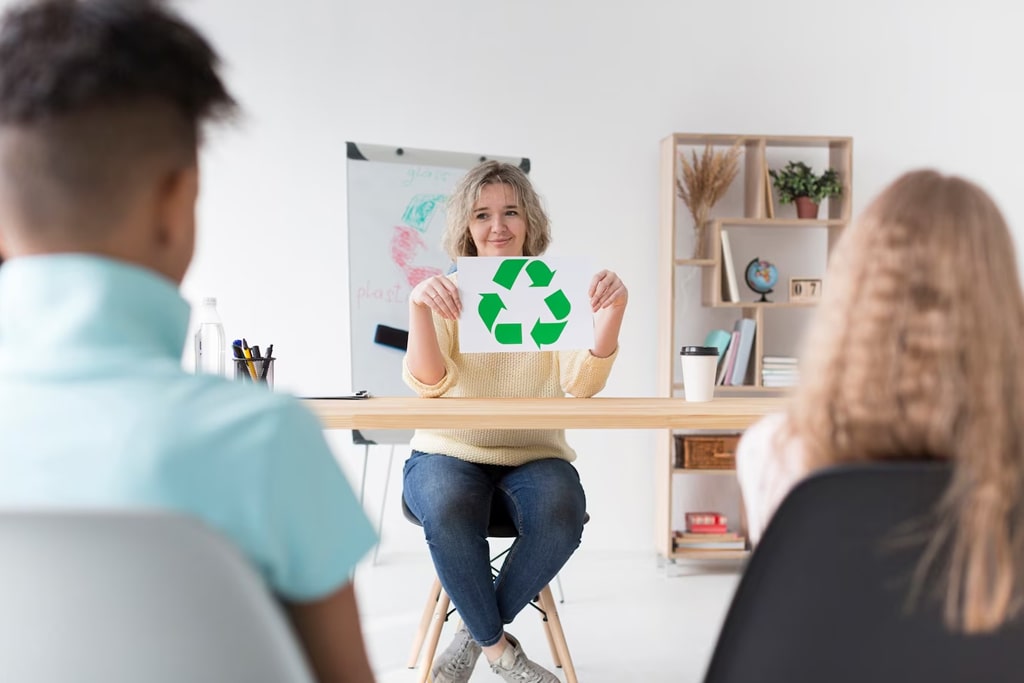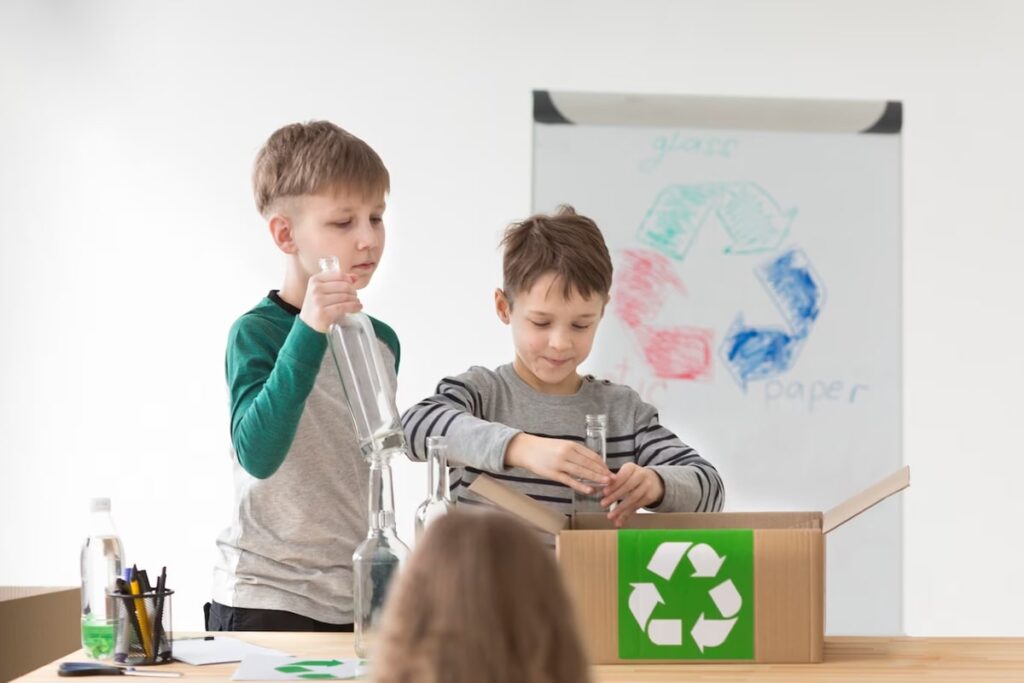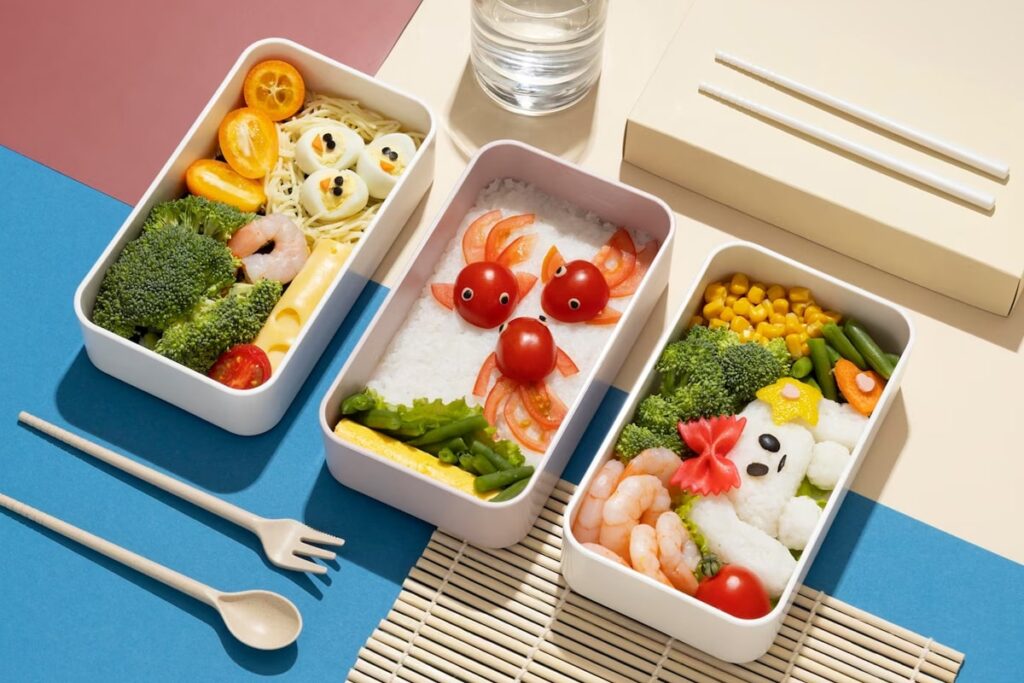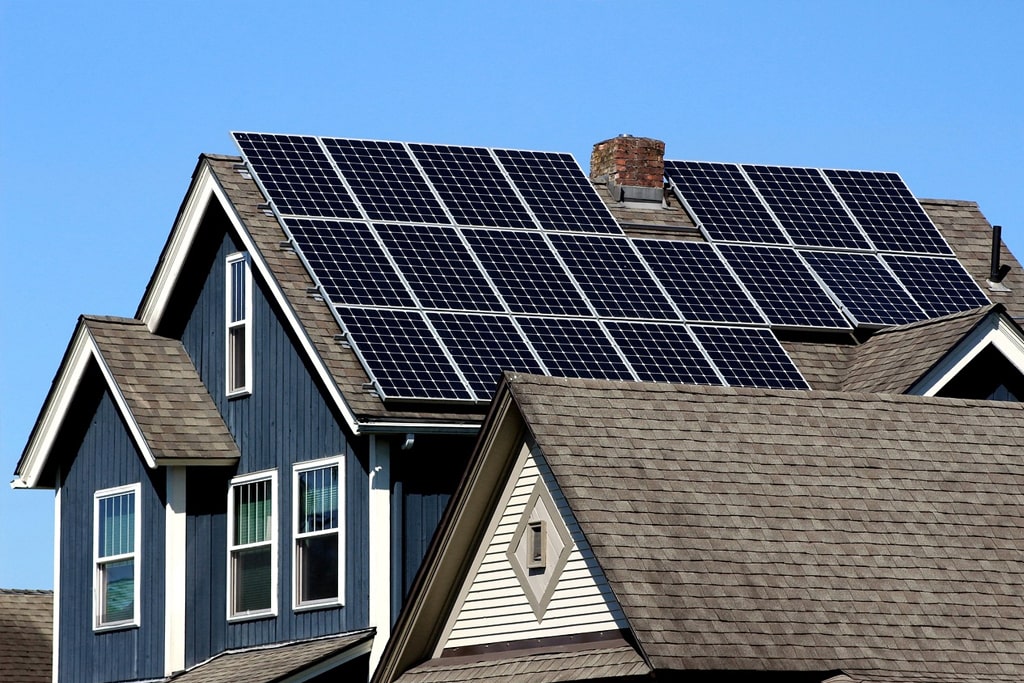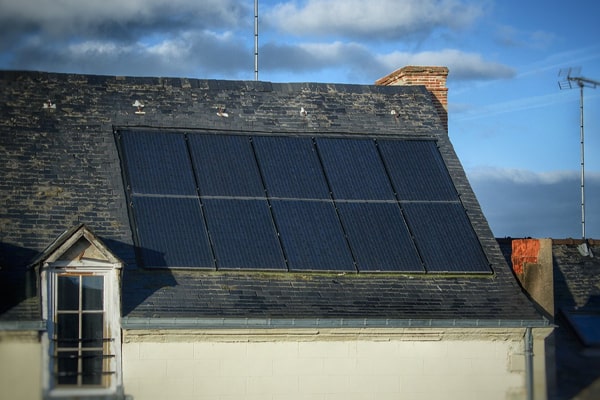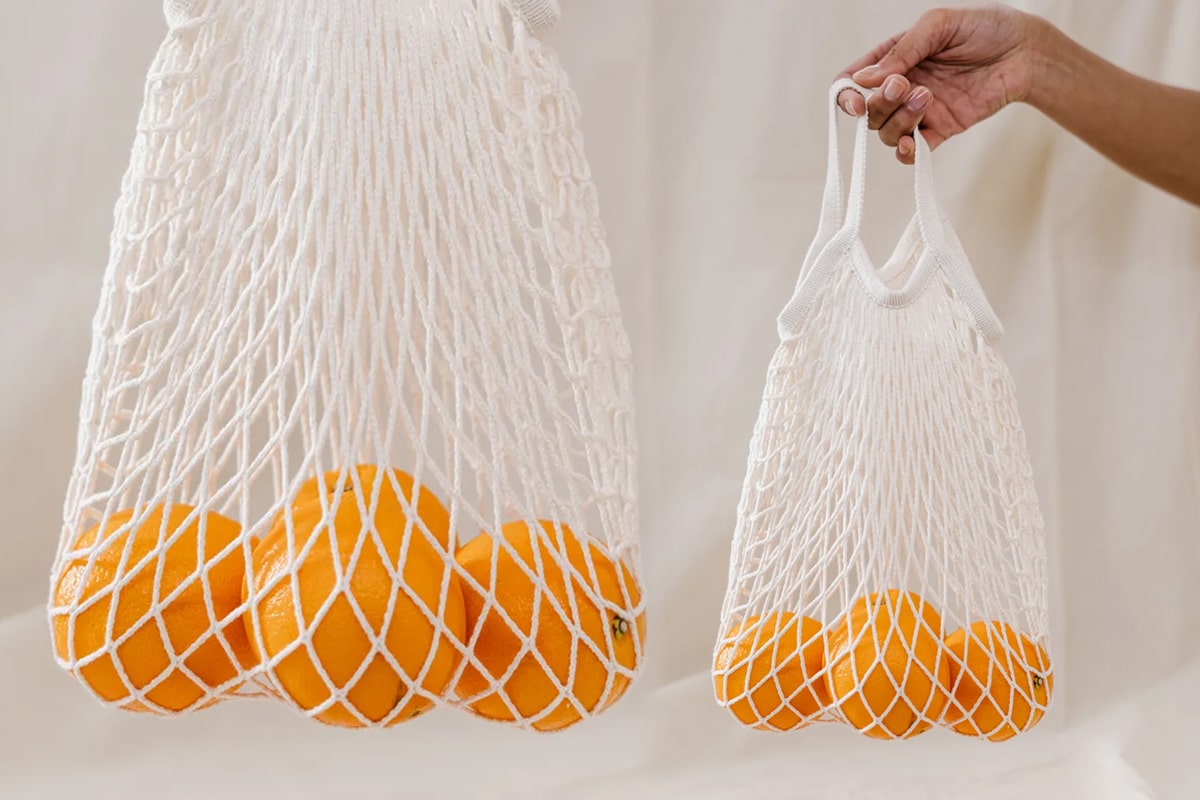Crafts are popular among children. Making crafts out of recycled materials is an engaging way to teach children about the benefits of recycling. We’ve compiled a list of some pretty creative ways to reuse recyclable materials. Your children will love crafting these adorable art projects and colorful decor.
Recycled Crafts That Don’t Look Like Trash
Have you ever calculated how much garbage your family produces each day? You can probably guess a figure based on the size the trash can gets!
1. DIY Desk Organizers: Make a one-of-a-kind DIY desk organizer out of remaining cereal boxes and toilet paper rolls! If you’re on a tight budget, this craft organizer is ideal.
2. DIY Pencil Holder: In only a few minutes, you can transform a recycled jar into a lovely DIY pencil holder! This pencil cup is simple to make, and you most likely already have the materials on hand.

3. Toilet Paper Roll Binoculars: Glue together two toilet paper rolls and decorate with paint or markers. Wear these around your neck with a string, these binoculars are sure to be a hit!
4. Egg Carton Caterpillar: All you need is a little bit of imagination! Cut out a portion of the egg carton and paint it green. Make googly eyes and legs out of pipe cleaners.
5. Bottle Cap Magnets: A quick, cheap, and easy way to make simple yet cool fridge magnets out of your extra bottle caps! Glue bottle caps on magnets and decorate with paint or stickers.
6. Cardboard Tube Robots: Make some robots out of discarded cardboard tubes using your creativity. You can draw shapes on paper, cut them out, and glue them on. They should be brightly colored.
7. Tin Can Wind Chimes: Make fun, homemade wind chimes out of tin cans with the kids! Decorate tin cans with paint or markers and hang them with string or ribbon. Make a wind chime by attaching bells or other things.
8. Paper Plate Masks: Cut out eye holes in a paper plate and embellish with paint, markers, or other craft tools to make paper plate masks.
9. CD Dreamcatchers: Make a dreamcatcher out of used CDs, yarn, and beads. These can be a lovely piece of art for your child’s room and an aid for coping with bedtime worries and anxiety.

10. Magazine Collage: Discover how to create a simple magazine collage! You can come up with whatever design you want using the decoupage collage on canvas method. Ideal for beginner crafters.
11. Glass Pickle Jars: Repurpose your glass jars and decorate them with fabric scraps and accessories for a quick and easy project!
12. Paper Beads: Making paper jewelry is a lot of fun! Learn how to make paper beads from paper scraps the easy way. This material is ideal for bracelets and necklaces.
13. Cardboard Dollhouse: Don’t spend a fortune on a dollhouse when you can make one out of cardboard! This recycled activity is ideal if you enjoy giving your children artistic freedom.
14. Recycled Purse: Turn an old bandana or t-shirt into a fashionable purse! Reclaim, Recreate, and Relove an old scrap of fabric to make a stylish summertime purse that you may use year after year.
15. Recycle Glass Bottles into Vases: With a little spray paint and confetti, you can turn your collection of old glass bottles into vases. This craft is simple and enjoyable!
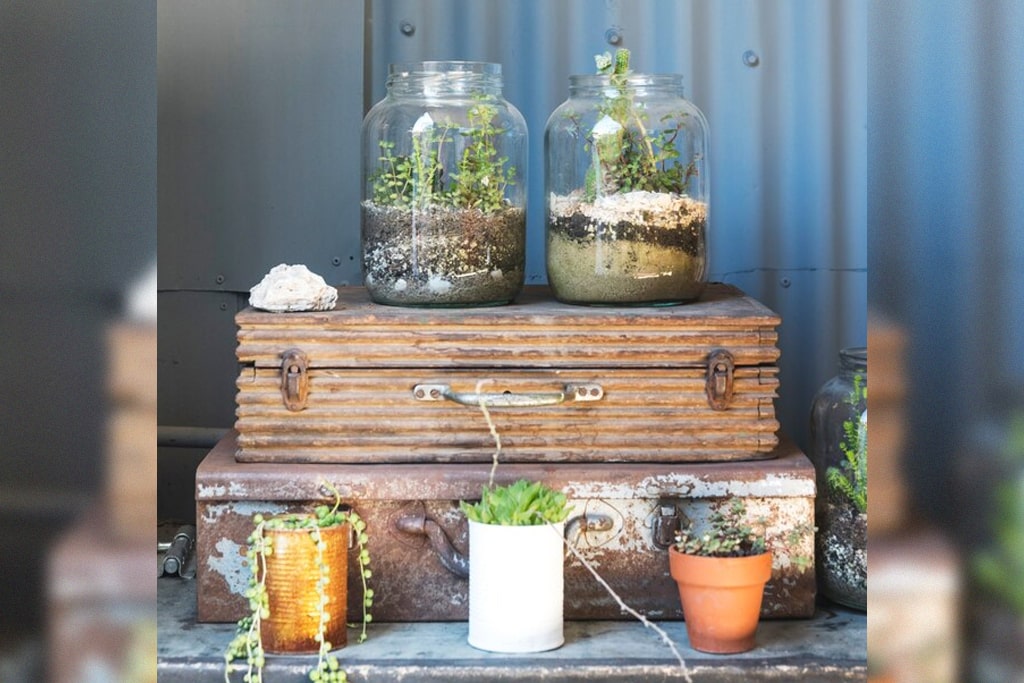
These are just a few ideas, but there are many more simple recycled crafts for kids available online. Teaching your children how to repurpose outdated items will benefit them for the rest of their life.

